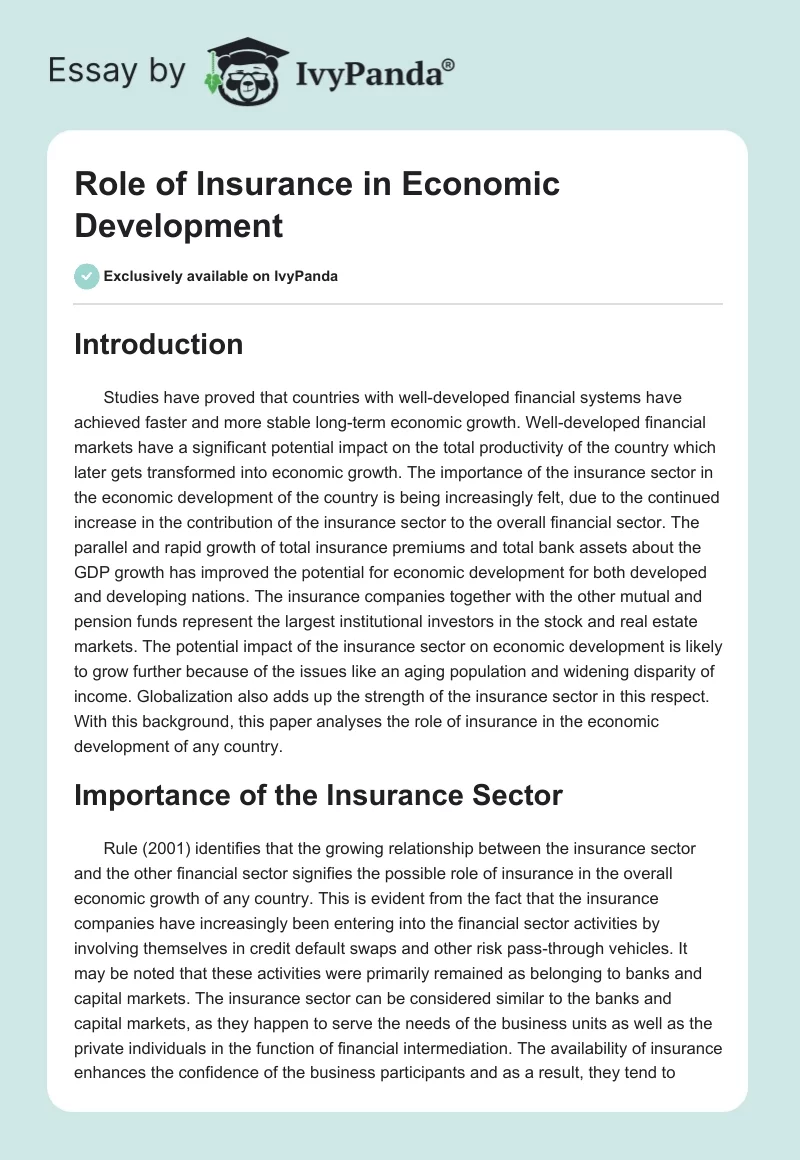10 Easy Facts About Pacific Prime Shown
Table of ContentsHow Pacific Prime can Save You Time, Stress, and Money.Pacific Prime for DummiesSome Known Details About Pacific Prime More About Pacific PrimePacific Prime Can Be Fun For Everyone

This is since the information were gathered for a duration of strong financial efficiency. Of the approximated 42 million individuals that were uninsured, just about regarding 420,000 (about 1 percent) were under 65 years old, the age at which most Americans end up being eligible for Medicare; 32 million were adults in between ages 18 and 65, about 19 percent of all adults in this age group; and 10 million were youngsters under 18 years of age, regarding 13.9 percent of all children (Mills, 2000).
These price quotes of the number of individuals without insurance are generated from the yearly March Supplement to the Current Populace Survey (CPS), performed by the Demographics Bureau. Unless or else noted, nationwide price quotes of people without health insurance coverage and proportions of the populace with various type of coverage are based upon the CPS, the most extensively utilized resource of estimates of insurance policy protection and uninsurance prices.
Getting The Pacific Prime To Work

Still, the CPS is specifically valuable since it creates annual price quotes reasonably rapidly, reporting the previous year's insurance coverage estimates each September, and since it is the basis for a constant collection of estimates for more than two decades, permitting analysis of trends in coverage over time. For these factors, as well as the considerable use of the CPS in other research studies of insurance protection that exist in this report, we count on CPS price quotes, with restrictions noted.

The quote of the number of without insurance people increases when a populace's insurance coverage condition is tracked for several years. Over a three-year duration starting early in 1993, 72 million people, 29 percent of the united state population, lacked coverage for a minimum of one month. Within a single year (1994 ), 53 million individuals experienced at the very least a month without coverage (Bennefield, 1998a)
6 out of every ten uninsured grownups are themselves utilized. Functioning does enhance the possibility that one and one's household participants will have insurance policy, it is not an assurance. Even participants of households with 2 full time wage earners have virtually a one-in-ten possibility of being without insurance (9.1 percent uninsured rate) (Hoffman and Pohl, 2000).
Pacific Prime - Truths
New immigrants represent a substantial proportion of individuals without health and wellness insurance policy. One analysis has actually attributed a significant section of the current growth in the size of the united state uninsured population to immigrants who showed up in the nation in between 1994 and 1998 (Camarota and Edwards, 2000). Current immigrants (those that pertained to the United States within the previous 4 years) do have a high price of being without insurance (46 percent), yet they and their children account for just 6 percent of those without insurance nationally (Holahan et al., 2001).
The connection between medical insurance and accessibility to care is well established, as recorded later on in this phase. Although the partnership between medical insurance and health and wellness outcomes is neither straight neither easy, an extensive professional and health and wellness solutions research study literary works links medical insurance coverage to better accessibility to care, much better high quality, and boosted personal and population health condition.
Degrees of analysis for checking out the impacts of uninsurance. It concentrates specifically on those without any type of health insurance policy for any length of time.
Getting The Pacific Prime To Work
The problems encountered by the underinsured are in some aspects comparable to those encountered by the without insurance, although they are normally much less serious. Wellness insurance policy, nevertheless, is neither essential neither enough to obtain accessibility to clinical solutions. The independent and straight result of wellness insurance policy coverage on access to wellness services is well developed.
Others will obtain the wellness treatment they need also without medical insurance, by spending for it out of pocket or seeking it from carriers that provide treatment cost-free or at extremely subsidized rates. For still others, health insurance coverage alone does not ensure receipt of treatment as a result of other nonfinancial obstacles, such as an absence of healthcare suppliers in their neighborhood, restricted access to transport, illiteracy, or linguistic and social distinctions.
Unknown Facts About Pacific Prime
Official research study about without insurance populations in the USA dates to the late 1920s and very early 1930s when the Board on the Cost of Treatment generated a his explanation series of records concerning financing physician workplace sees and hospitalizations. This issue ended up being significant as the numbers of medically indigent climbed throughout the Great Anxiety.